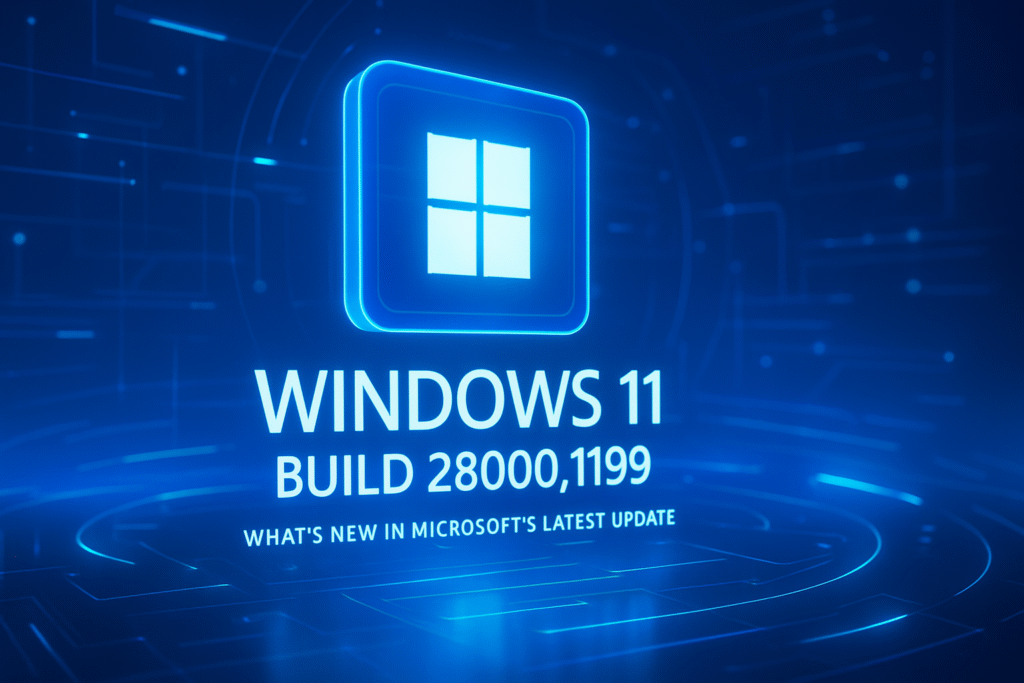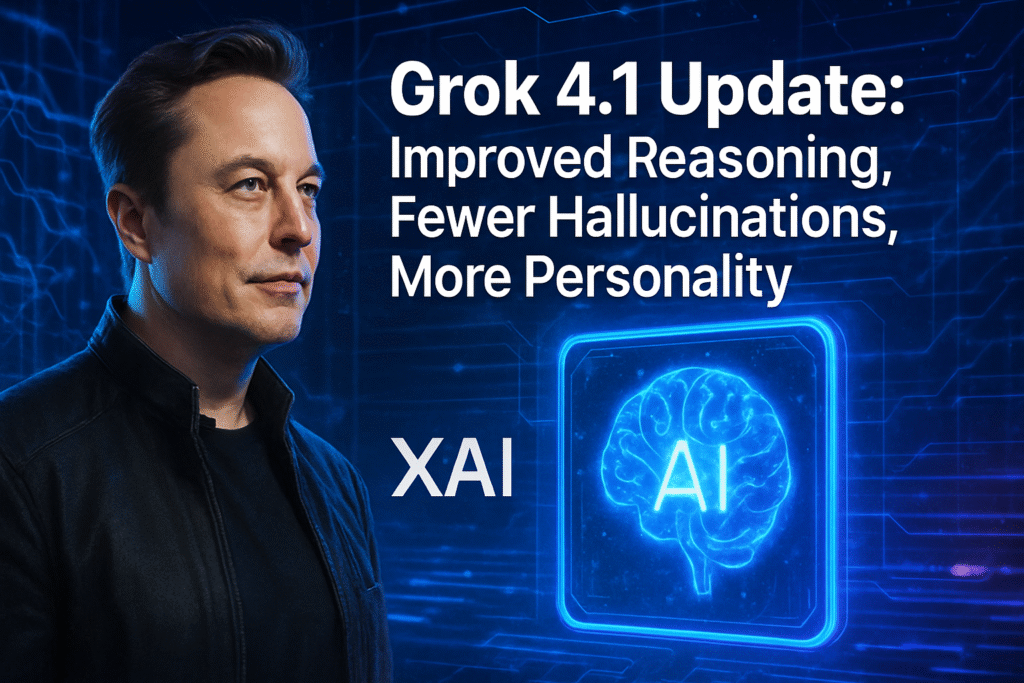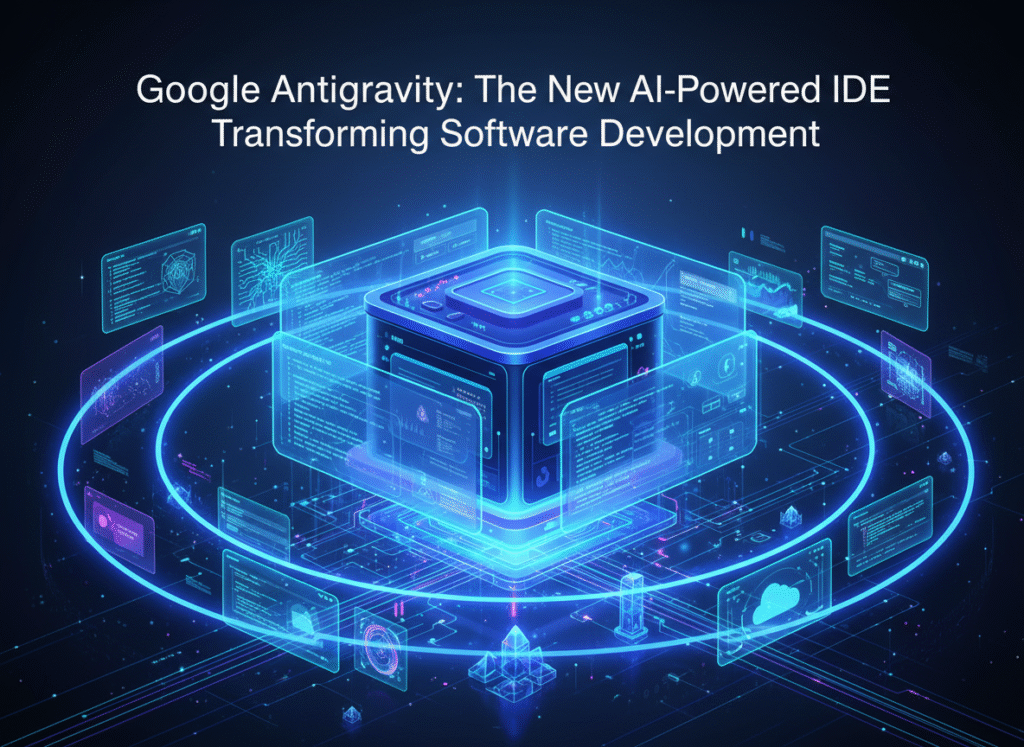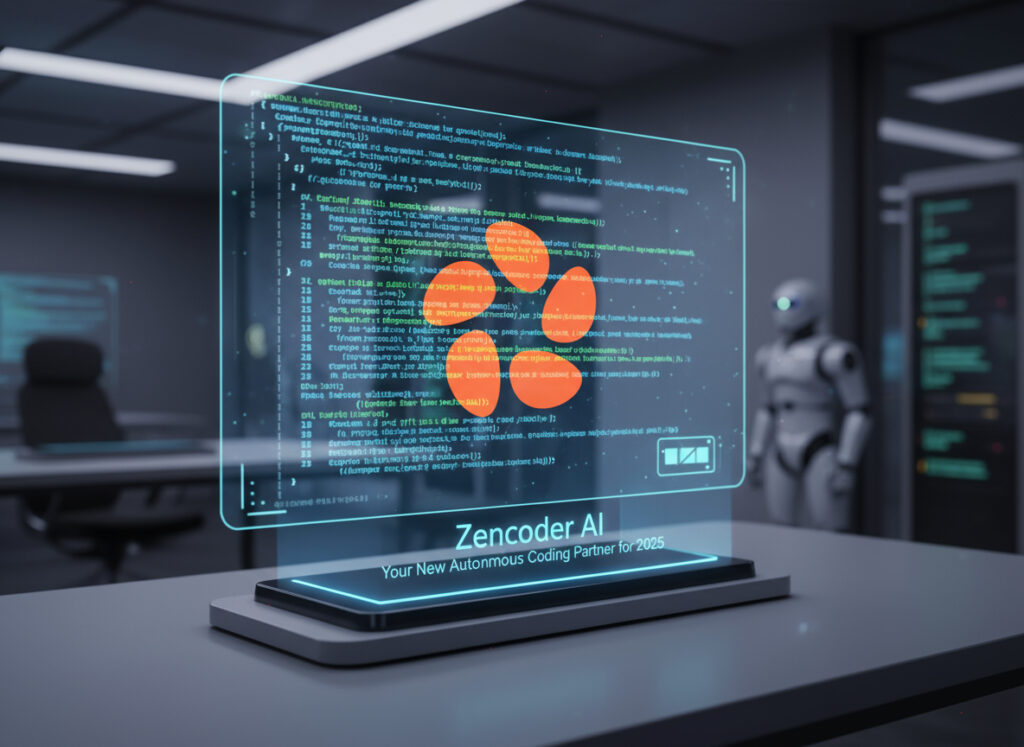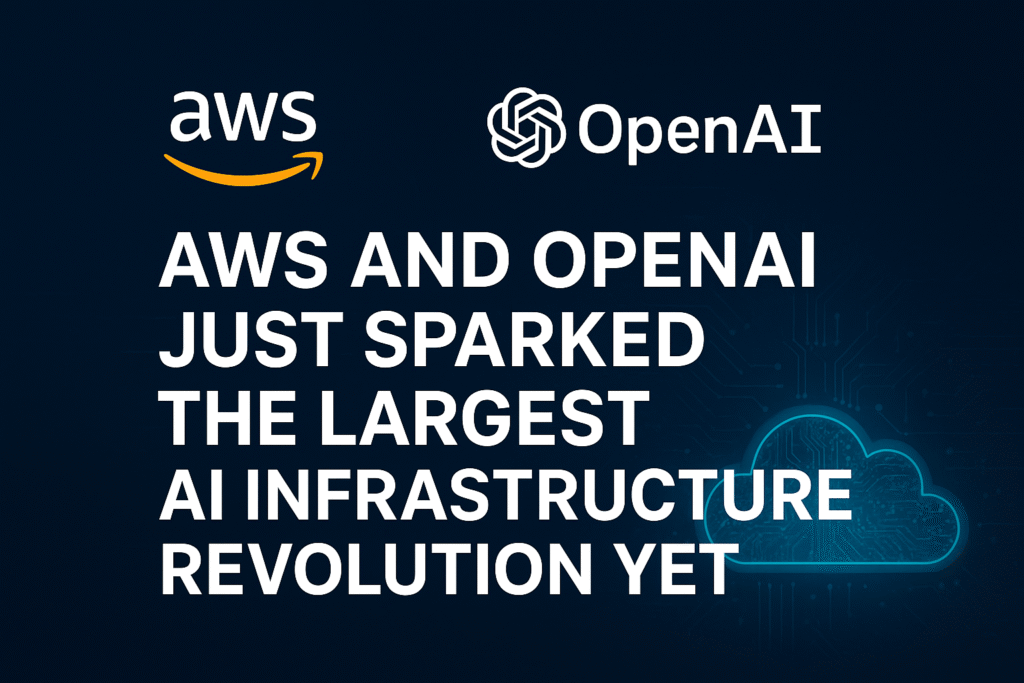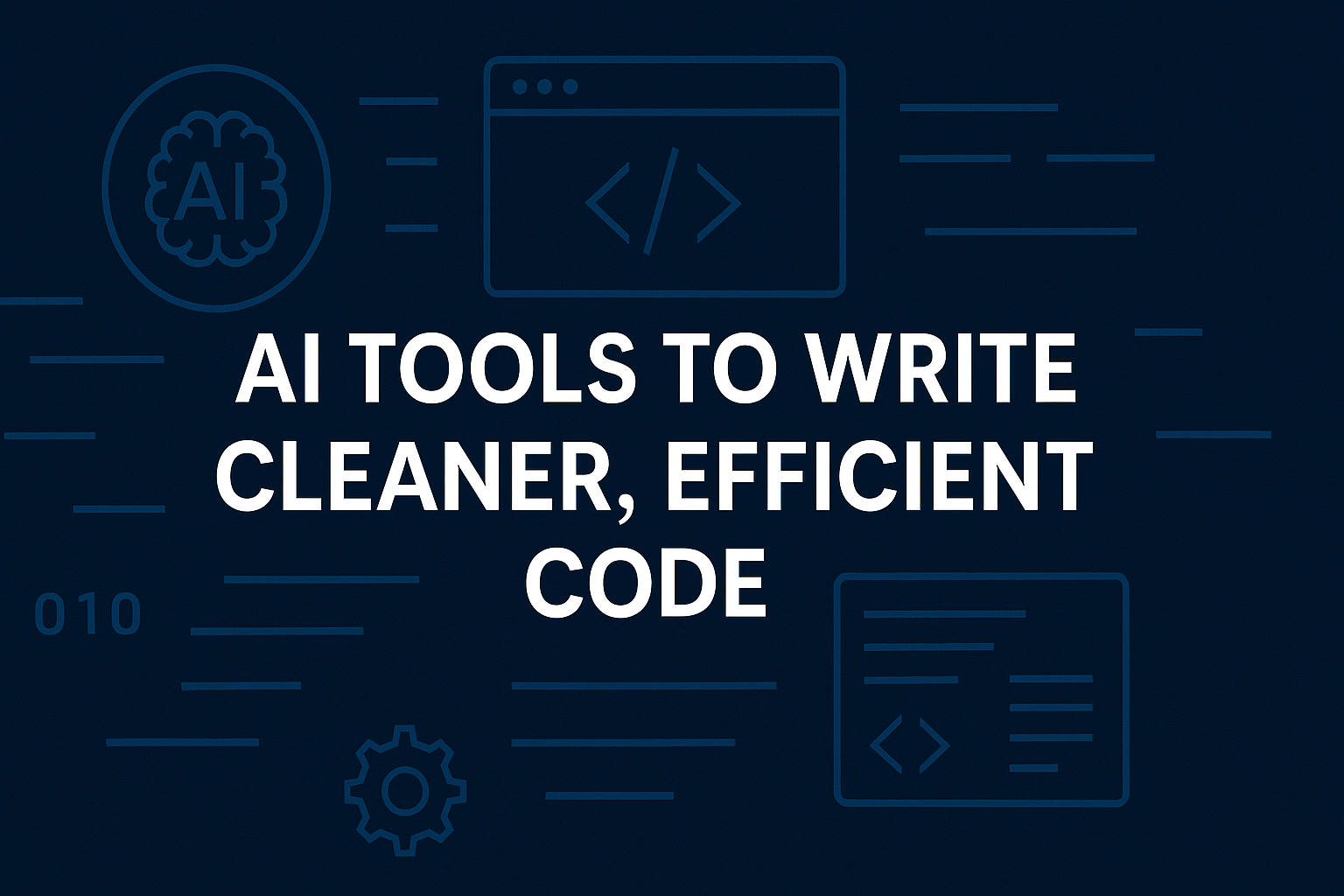
In the fast-paced world of software development, writing clean, efficient code isn’t just a best practice—it’s a necessity. As codebases grow and complexity increases, developers need smarter ways to maintain performance, readability, and scalability. Enter AI-powered coding tools.
These tools leverage machine learning and natural language processing to suggest, optimize, and even write code. In 2025, their capabilities have advanced significantly, helping developers reduce bugs, improve code quality, and speed up development cycles.
Why Clean, Efficient Code Matters
Clean code is easier to read, test, and maintain. Efficient code runs faster, uses fewer resources, and scales better. Messy or redundant code can lead to:
- Increased technical debt
- Harder debugging
- Poor app performance
- Frustrated team collaboration
AI tools can automate the detection of inefficiencies, provide smart refactoring suggestions, and even predict logic flaws before they become bugs.
Top AI Tools Developers Are Using in 2025
1. GitHub Copilot X
Powered by OpenAI, Copilot X has evolved into a true coding partner. It not only autocompletes lines of code but now suggests improvements for clarity and performance. It also explains code snippets in plain English, helping with documentation and team collaboration.
Key features:
- Real-time code suggestions
- Built-in error detection
- Enhanced readability prompts
2. Tabnine
Tabnine uses deep learning to understand your project’s structure and context. In 2025, it supports team-based learning, where it adapts to your organization’s best practices.
Benefits:
- Custom model training
- Inline code improvements
- Enterprise security features
3. Codiga
This tool focuses on static analysis and refactoring. It flags inefficient code, potential bugs, and even security vulnerabilities in real-time.
Why it’s great for clean code:
- Instant code reviews
- Auto-refactor suggestions
- Coding standard enforcement
4. DeepCode (by Snyk)
DeepCode analyzes your entire repository using AI to detect bugs, anti-patterns, and optimization opportunities. In 2025, it now integrates seamlessly with CI/CD pipelines.
Features include:
- Advanced bug prediction
- Smart patch generation
- Team-based learning over time
5. Mutable AI
A newer player, Mutable AI uses generative models to not only assist but proactively rewrite inefficient code blocks. It suggests cleaner alternatives and explains why.
Unique edge:
- Real-time improvement recommendations
- Test generation from code logic
- GPT-based explainability built-in
Benefits of Using AI for Code Quality
| Benefit | AI Tool Advantage |
| Faster development | Smart autocompletion & reusable patterns |
| Fewer bugs | Predictive error detection & code analysis |
| Cleaner structure | Refactoring suggestions & formatting consistency |
| Better collaboration | Code explanations and standardization |
Best Practices When Using AI Tools
- Review suggestions manually – Don’t blindly trust generated code.
- Train tools on your codebase – Tools like Tabnine work best with context.
- Use as a mentor, not a replacement – Let AI guide you but stay in control.
- Integrate with your workflow – Choose tools compatible with your IDE and CI/CD.
Conclusion
AI tools are no longer just productivity boosters—they’re quality enforcers. From identifying messy code to generating optimized functions, these tools are transforming how developers write software in 2025. Adopting the right AI coding assistant means writing faster, cleaner, and smarter than ever.
